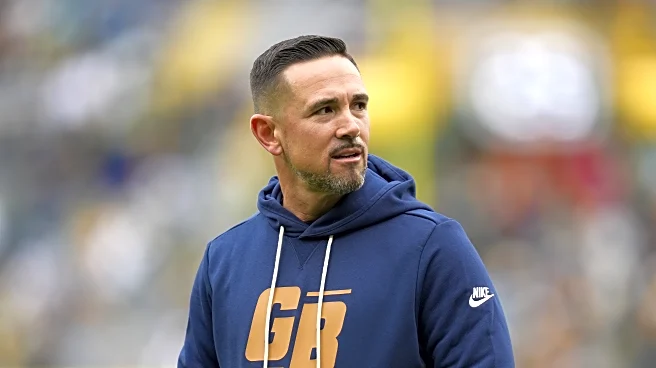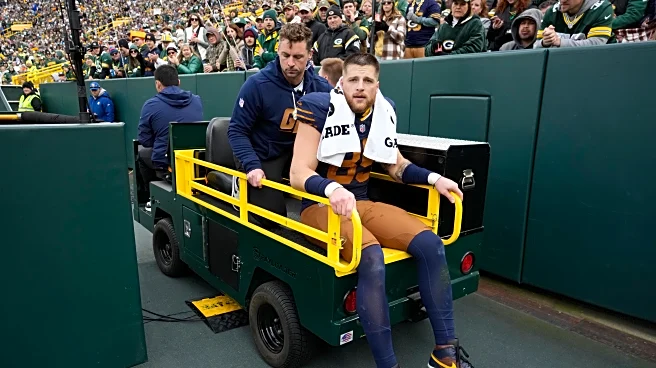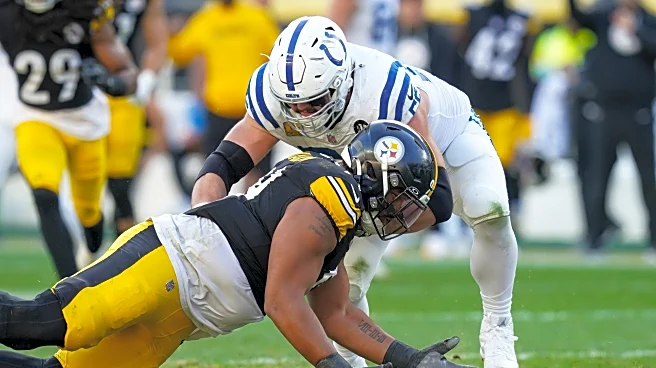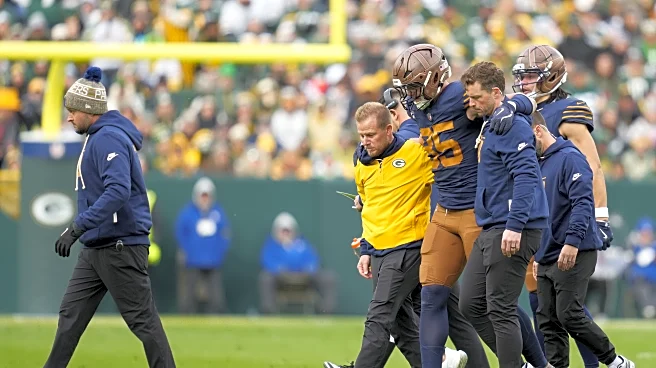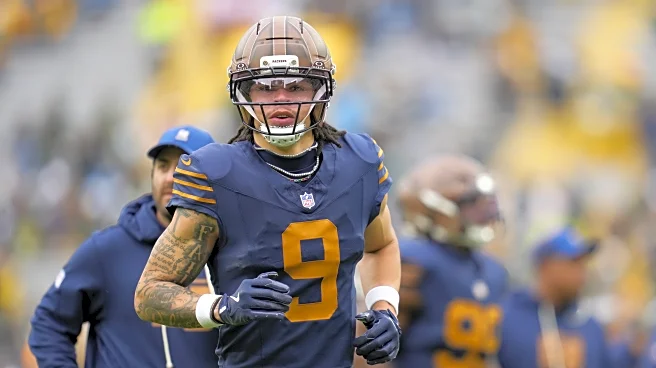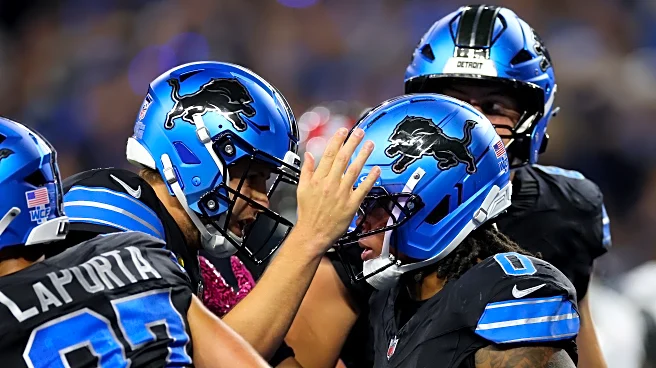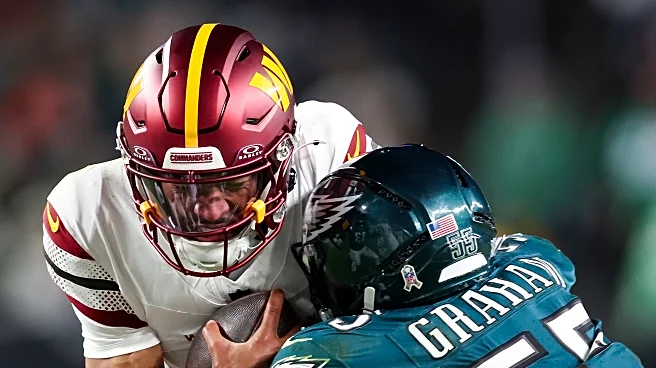4th down decision making is, in general, a proxy for a football coach’s overall aggressiveness. In today’s NFL, it is the one area where a head coach ultimately has the sole responsibility for a major
decision, and there is more data than ever available for coaches to evaluate a given situation and make an informed choice.
Unfortunately, it appears that lately Matt LaFleur isn’t looking at the numbers at all.
The Green Bay Packers’ head coach has had ups and downs in terms of his aggressiveness on 4th down over his tenure with the team. He was one of the more aggressive coaches on 4th downs in his early years, frequently ranking among the best coaches in terms of going for it when it made sense to do so; however, his numbers dipped precipitously in 2024, when Jordan Love dealt with multiple injuries during his second year as the Packers’ starting quarterback.
Football writer Ben Baldwin runs the website RBSDM.com and the social media account 4thDownBot, which chart every 4th down situation in every NFL game, mapping each situation to an average team’s win probability based on the score and time of the game, field position, likelihood of picking up a first down, and average rate of hitting a field goal. The most critical number that Baldwin calculates is the win probability that a decision would add or subtract simply by making the decision to keep an offense on the field rather than punting or attempting a field goal.
Deciding on a win probability threshold is perhaps the most important part of analyzing 4th down decisions: How much WP does a decision need to add for it to be a “yes, you should almost certainly go for it” decision, versus a toss-up?
For my purposes here, I will look at decisions where keeping the offense on the field would add at least 2% of win probability, and when the team’s win probability is still at least 10 percent (in other words, eliminating some garbage time when a team has no choice but to go on 4th down because they are trying to mount an unlikely comeback).
In those situations, the Packers have been the 8th-most aggressive team in “clear-go” situations since 2019, when LaFleur took over. However, that result is almost entirely driven by the 2020 through 2023 seasons. In 2019, his first year, LaFleur was the 4th-least aggressive coach, and in 2024 he was the 2nd-least aggressive. This year he remains more in the middle of the pack, but a few specific instances illustrate that he is operating almost exclusively on feeling rather than on data in 2025.

4th down analyses generally look at whether coaches are sufficiently aggressive when they should be, rather than criticizing a team for being too aggressive when the situation does not warrant it. But in fact, the decision to go for it on 4th-and-8 early in the fourth quarter against the Panthers on Sunday was the worst decision to keep an offense on the field that LaFleur has ever made in his coaching career. According to Baldwin’s model, going for the first down cost the team a whopping 5% of win probability, and prior to that play LaFleur had never kept his offense on the field when that number was more than 2.1%.
By contrast: Dan Campbell of the Detroit Lions is known as a hugely aggressive coach, but he has never kept his offense on the field when doing so would cost his team more than 3% of WP. (His “worst” go-for-it call was actually the 4th down run against the Packers last year in a tie game, which the RBSDM model says was a net -2.9%.)
Keep in mind the situation in this game, as it explains why a field goal is the better decision here: the Packers trailed by seven points with 11 minutes left in the game. The Panthers, despite running the football well, were almost as inept as the Packers in the red zone, and Green Bay was surely going to get the ball back at least once more if not twice in the fourth quarter. Plus, the Packers had been moving the ball well, reaching the Panthers’ 25-yard line on 5 of their 6 drives to that point (and the only one that did not make it there was because of an interception). In this case, a field goal gives you a chance to take the lead if your defense gets a stop and your offense scores a touchdown — a situation which is fairly likely, and which played out in this game.
It appears from the entire sequence starting on 3rd and 3 that LaFleur had it in his head that he was going for it on 4th down no matter what. That’s probably fine and dandy if you’re still facing 4th-and-3 or less. However, when you lose 5 yards on third down to set up a 4th-and-8, that must change the calculus and force you to take just a moment to think through the decision. Instead, LaFleur put his offense right back out there and the Packers turned the ball over on downs.
Making matters even worse is the fact that the Packers’ receiving corps had been decimated by injury in this game, with Tucker Kraft and Matthew Golden both out and Christian Watson pulled to the sideline by a spotter for the end of this drive. That contributed to massive confusion on the playcall, with Savion Williams and Malik Heath getting lined up incorrectly and forcing Love to correct their positioning rather than trying to diagnose the Panthers’ defense before the snap. This isn’t reflected in the WP numbers, but should have been at least a small factor in LaFleur’s decision; instead, I argue that he simply got stubborn, ignored the numbers, and let his emotions get the better of him in that moment.
This questionable decision comes on the heels of a near-disaster two weeks ago against the Arizona Cardinals. Late in that game, the Packers faced a 4th-and-2 at the Cardinals’ 29-yard line, with Arizona leading 23-20. There was just 2:32 left on the clock in that scenario, which would have resulted in a 47-yard field goal attempt for Lucas Havrisik to try to tie the game. Even if he did so, Arizona would have had more than two minutes to work their way into field goal range for a game-winning kick.
After a loss of one yard on 3rd-and-1 to set up the 4th-and-2, LaFleur initially sent his field goal unit on for the attempt. But read LaFleur’s own words that he spoke to the media after that game, wherein he reveals a bit of his thought process before he seemingly realizes what he is doing and clams up:
“Well, when our quarterback’s coming off and I can see the disdain on his face and I looked up at the clock and saw how much time was left — it wasn’t by any means a chip shot, though Lucas has come in and done a hell of a job.”
Read the second part of that first sentence: “I looked up at the clock and saw how much time was left.” Matt LaFleur calls plays for this team, but he is also the head coach, and being a head coach means understanding the game state at all times. If he didn’t realize how much time was left — and that the Packers likely would not get another possession in that game — that’s a major problem.
Again, for emphasis: LaFleur didn’t know how much time was left when making a critical 4th-down decision. This naturally makes one wonder whether he knew how much time he had left on Sunday against the Panthers.
Not being aware of the situation in Arizona almost caused LaFleur to make a mistake that would have been even bigger than his gaffe this weekend. The situation against the Cardinals had a 5.6% WP swing in favor of keeping the offense on the field, and had he stuck with his initial decision, the Packers almost certainly would have lost that game. Arizona easily drove into field goal range in the last two minutes and could have had a 45-yard field goal attempt to win the game, but instead the Packers converted their 4th down attempt and scored a touchdown to go up by four points.
The Packers do have an analytics staff that would seemingly be briefing LaFleur on 4th down numbers. But do they only provide him with these numbers before games and let him wing it in-game, or are they in his headset in real time and he’s just ignoring them?
Interestingly, most of LaFleur’s other big misses on 4th down decisions have also been go vs. field goal calls in fourth quarters. The 2020 NFC Championship Game against Tampa Bay looms large, while a field goal late against the Philadelphia Eagles in week 1 last season is his biggest gaffe overall (6.8% WP) when he kicked instead of keeping his offense on the field. That’s an even bigger mistake by WP than the Arizona play would have been if he had kicked.
So if there’s one area where LaFleur seems to need an in-depth math lesson — and a lesson in trusting numbers instead of his gut — it’s in these late-game situations inside of field goal range. But then again, maybe all he really needs to do is learn to look up at the clock once in a while.
